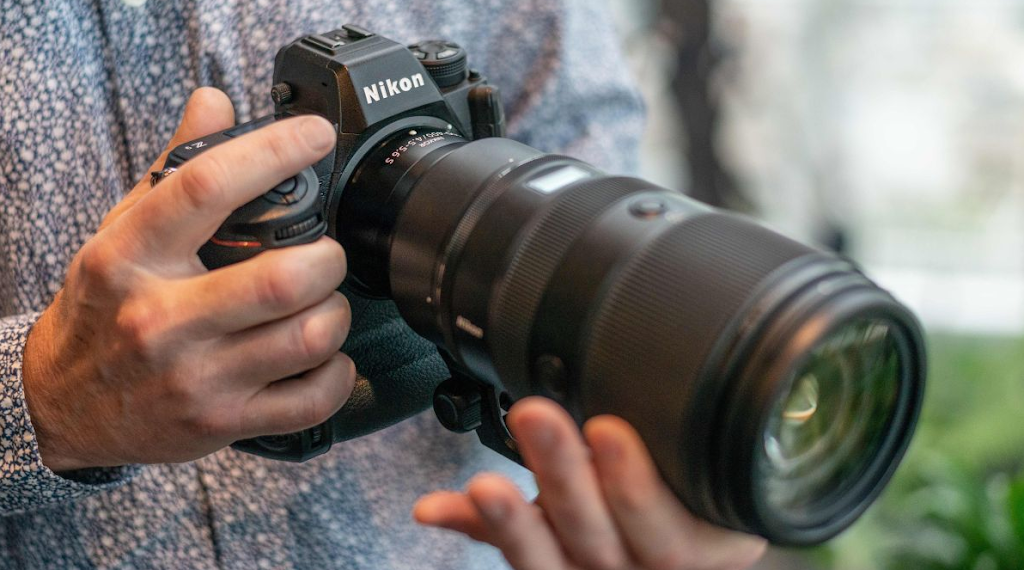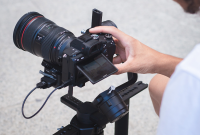What are the Benefits of Using a Digital Camera Instead of a Film Camera?
The era of film cameras has been replaced by digital ones. There is no longer a need to choose a digital camera over an analog one, and analog cameras are rapidly becoming commonplace.
Digital photographs taken with a digital camera need to be uploaded to a computer, after which they may be sent to loved ones anywhere on the globe in a matter of minutes. You can quickly and easily review digital photos and remove any unwanted ones. Instead of throwing away unusable film because you took a bad photo, you may simply erase the image. Since film may degrade over time, it’s smart to have a digital camera on standby for snapping quick shots as needed.
Digital cameras may be categorized by the size of the images they produce. Pixels are the little bits of color that make up digital images. Height and breadth are used to describe the pixel count, as in 320 x 480. The total number of pixels is calculated by multiplying the aforementioned values. More costly cameras have access to larger numbers of pixels, which allow for higher resolution photos. Low-end cameras with 2 megapixels, or 2 million pixels, may show flaws when expanded. However, a photo with seven megapixels is a powerful image that scales nicely.
You should also zoom in on it. Optical zoom works by adjusting the amount of light entering the camera to create the illusion of a closer picture. When a photograph is digitized, the digital zoom function may be used to make it seem closer. In both cases, the outcome is possible, but optical zoom is superior.
Unfortunately, the internal storage space of digital cameras is often insufficient. For this reason, it’s important to investigate the types of external memory cards that the camera accepts. A chip the size of a thumbnail may provide the extra storage space, making it easy to stow away until it’s required.
It’s also important to think about the battery. In the world of digital photography, there are two main types of batteries: standard and proprietary. Other battery systems are rechargeable, while others don’t, and some cameras merely use a lot of power.
The LCD (liquid crystal display) screen that displays the scene as it would appear in the camera’s viewfinder is called the preview screen. The screen is always on while you’re getting ready to snap a photo, which is convenient but drains the battery.
However, some digital cameras provide a power-efficient optical viewfinder. This comes in handy while you’re waiting for the perfect shot to be taken, or when you need to use the preview screen to construct a photo from an unusual vantage point. The stored image may be previewed on the display before being deleted to make room for new ones.
To keep up with the ever-evolving nature of technology, so do these cameras. All digital cameras have the same core functionality; what differentiates them is the array of optional extras that may be purchased for a higher price or in different configurations depending on the manufacturer. You can generally set them to take pictures automatically or take your own pictures and then tweak the settings to your liking (in terms of color, brightness, and so on). Make your very own video collection if you’d like!
Accordingly, it’s very clear that the digital camera is superior to its analogue counterparts. There is no room for both since digital cameras have established themselves as the industry standard. They have fundamentally altered the photography industry, and many aspiring photographers now only dream of owning one.




